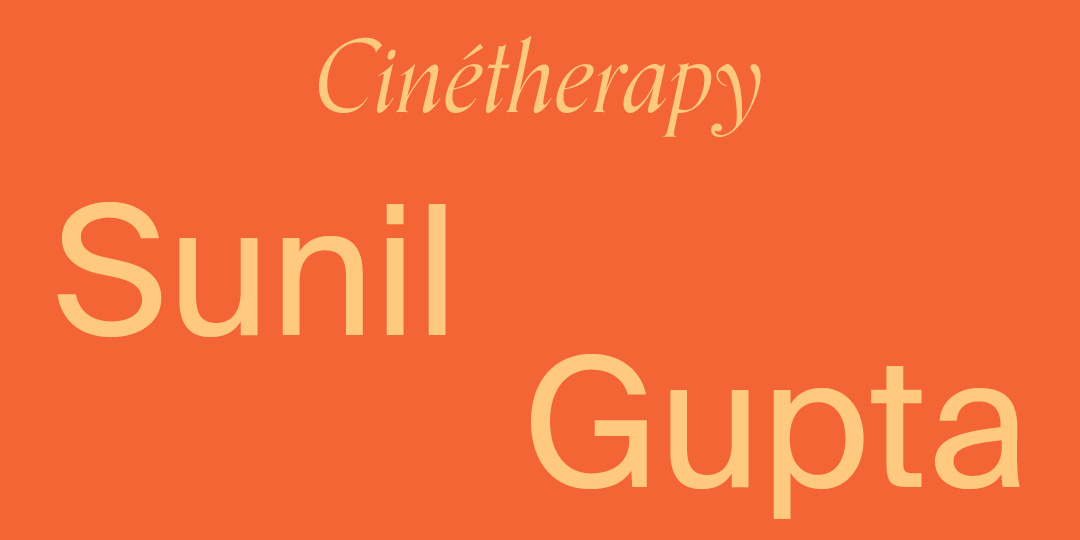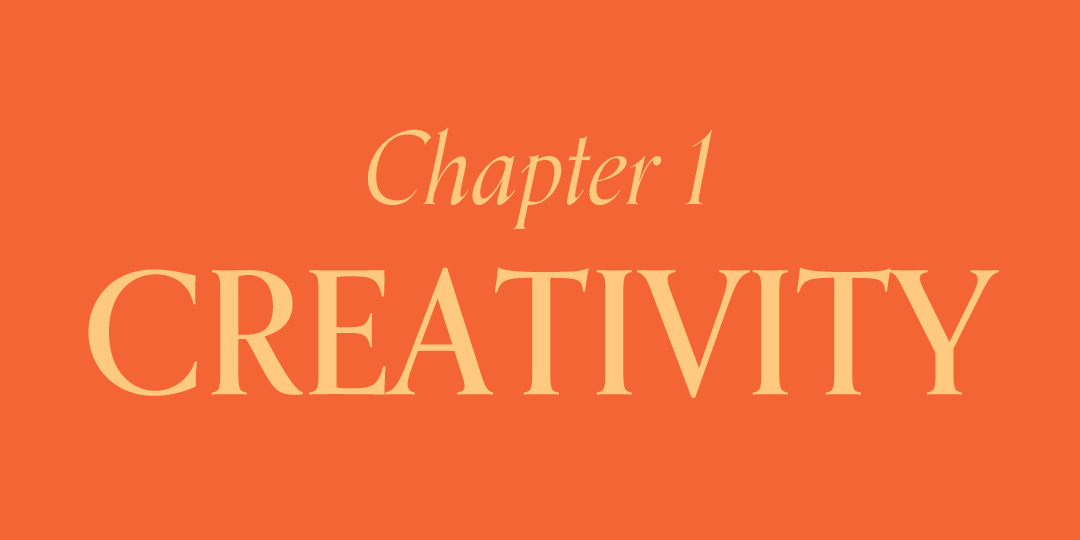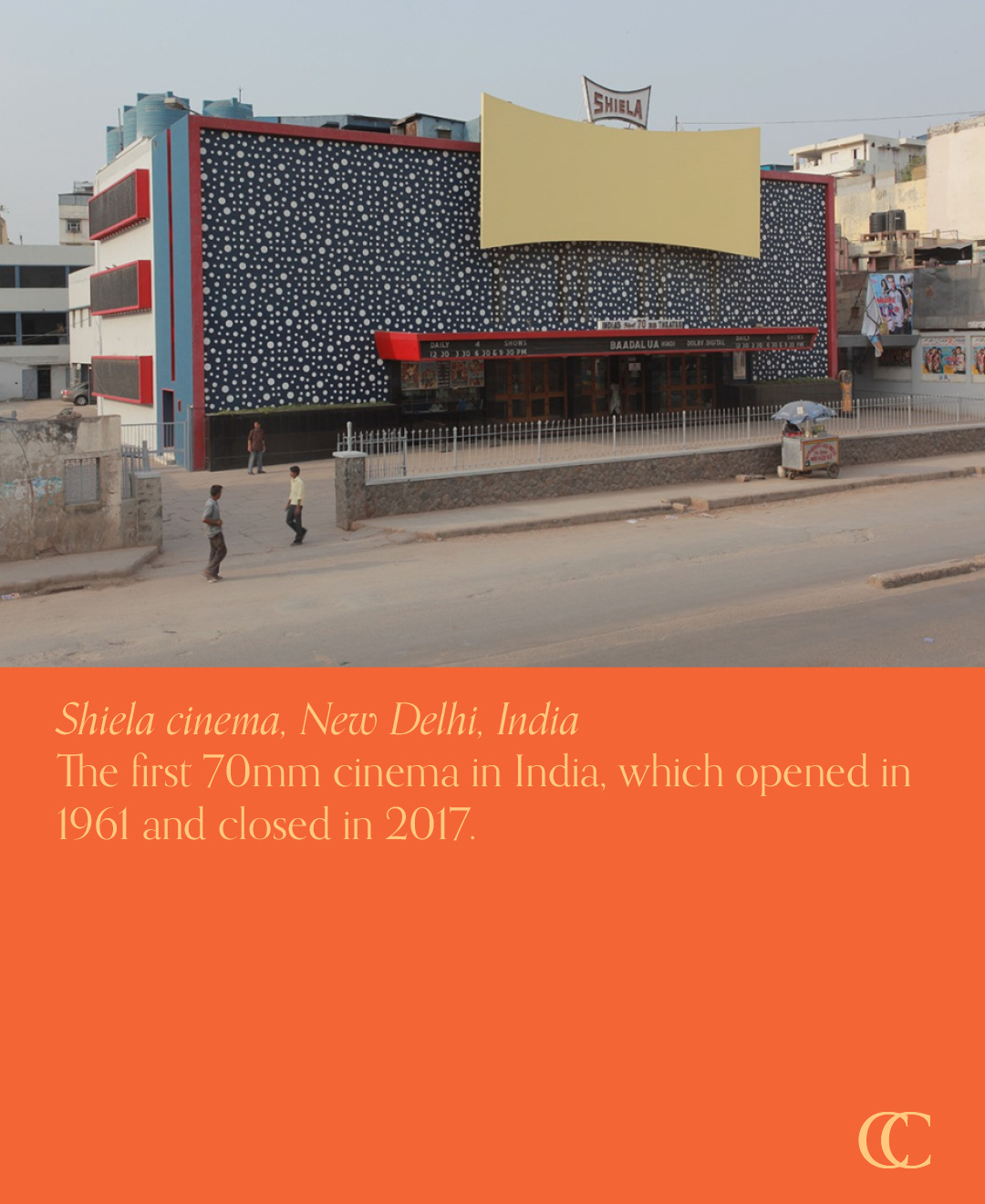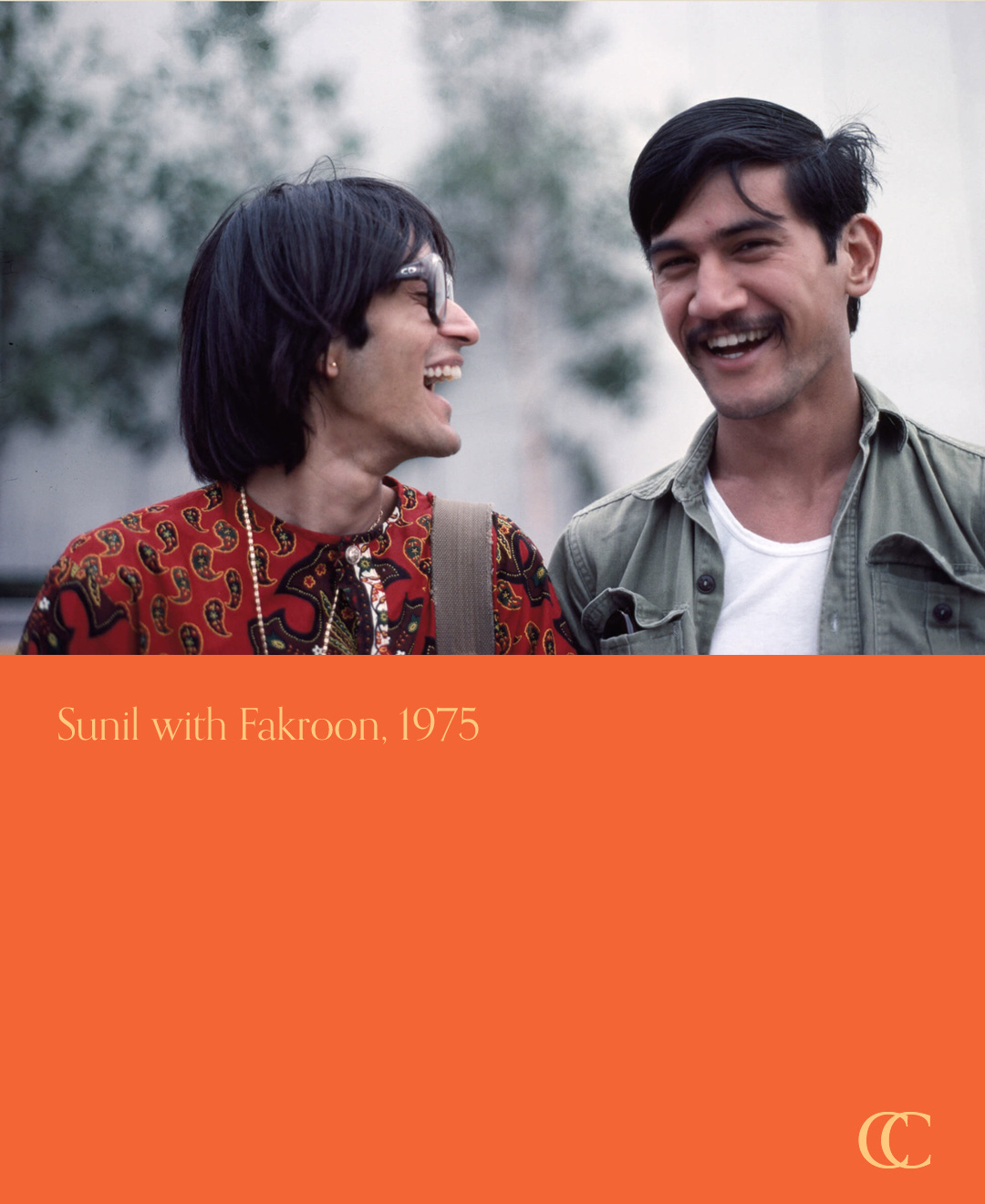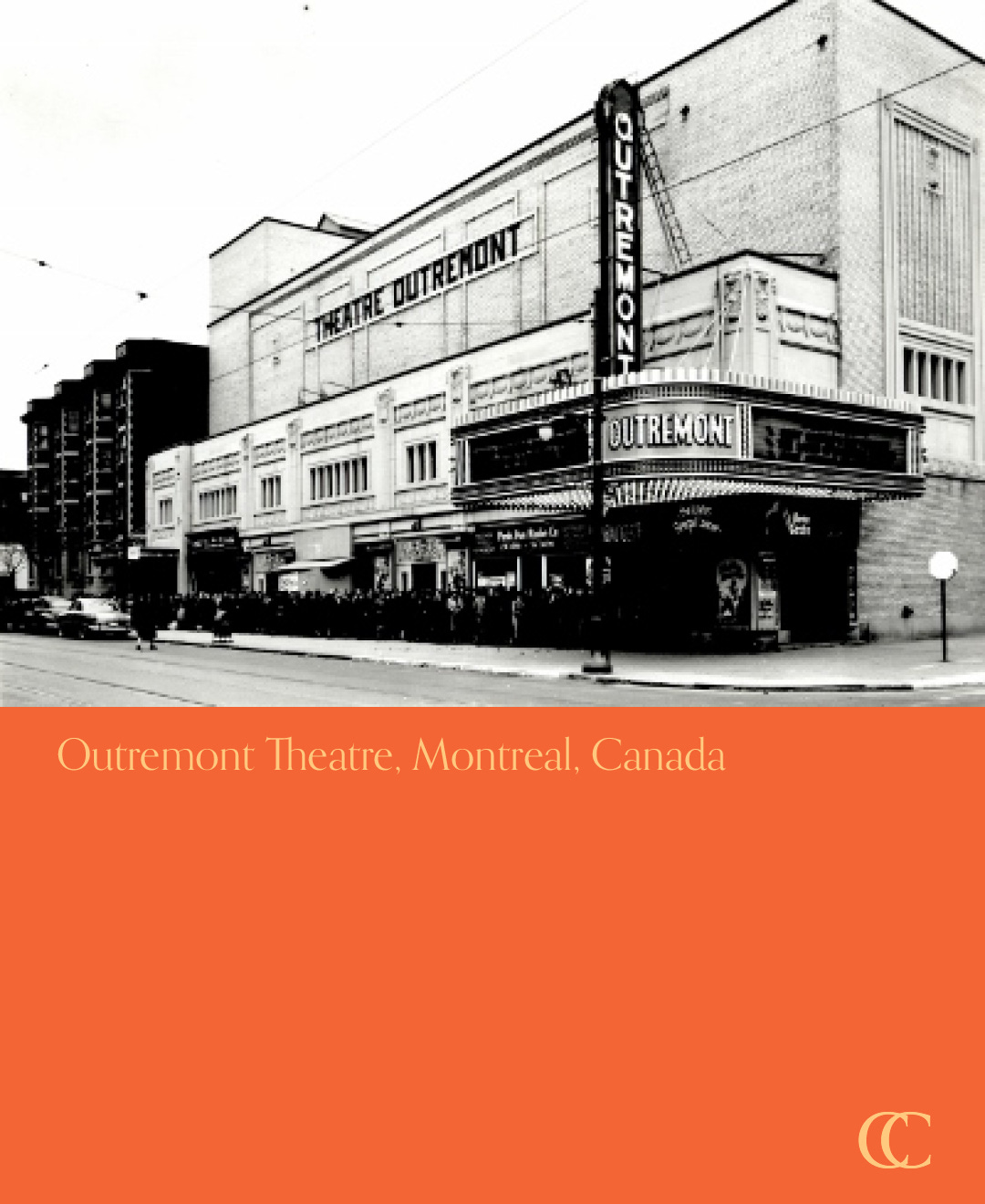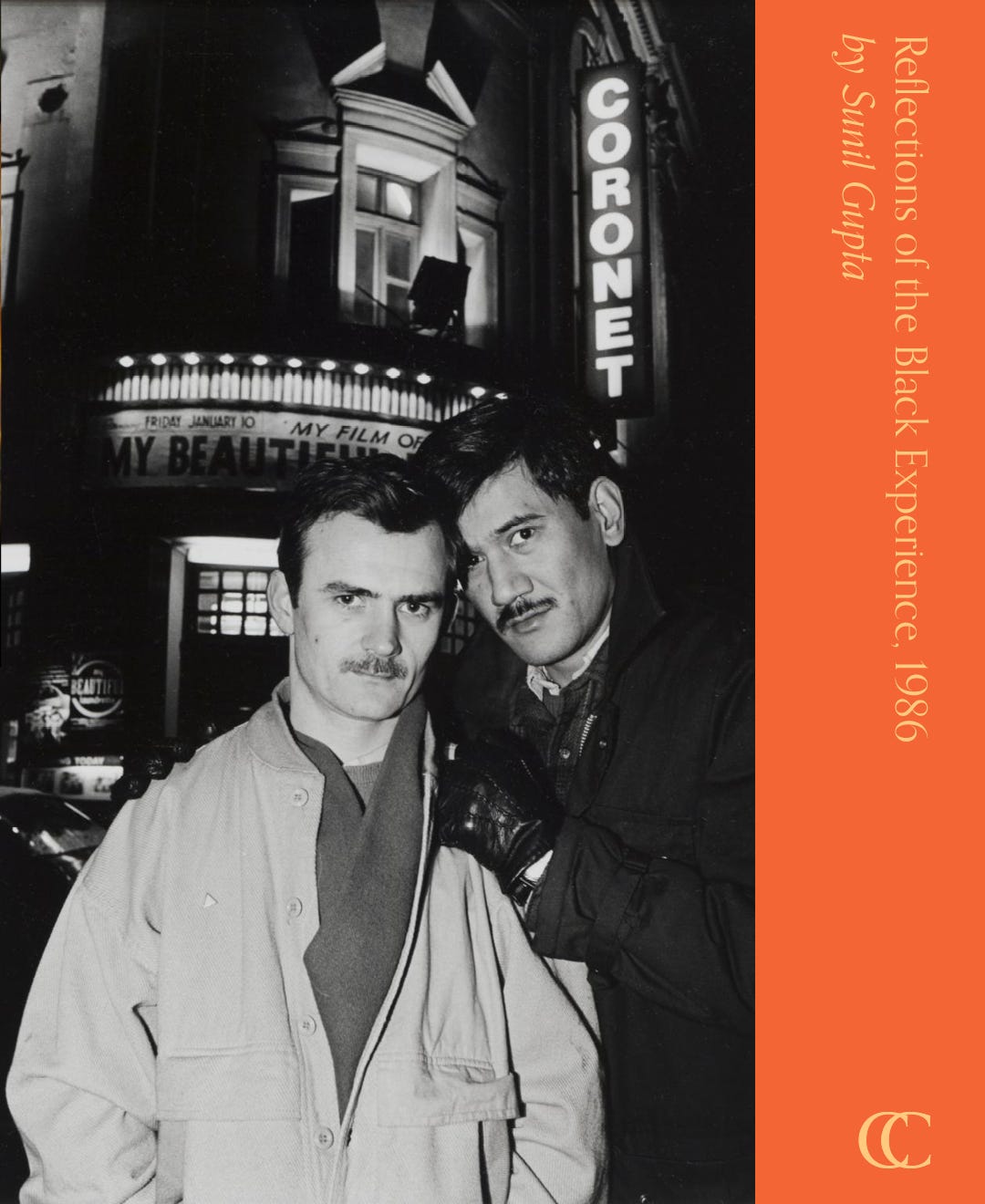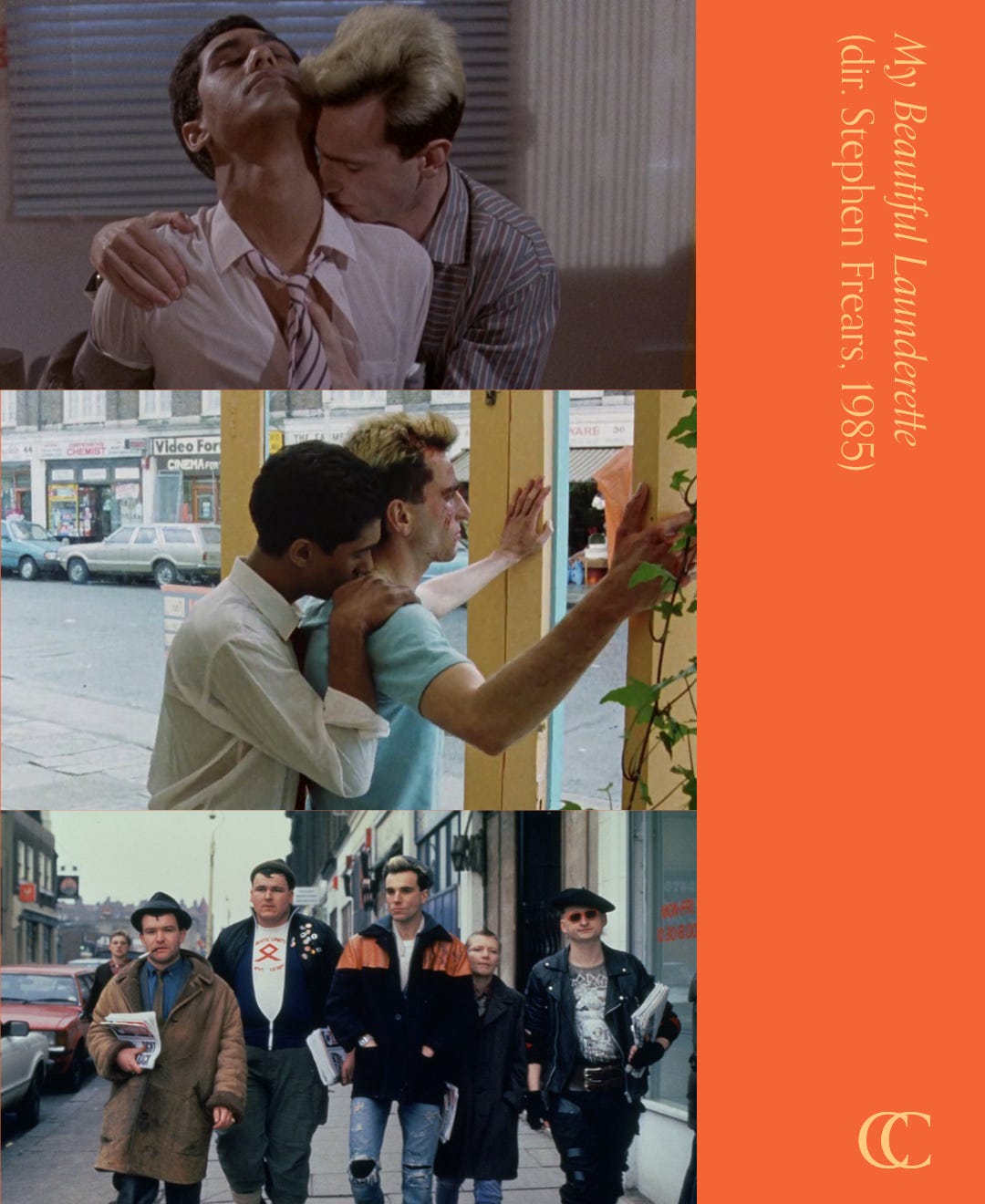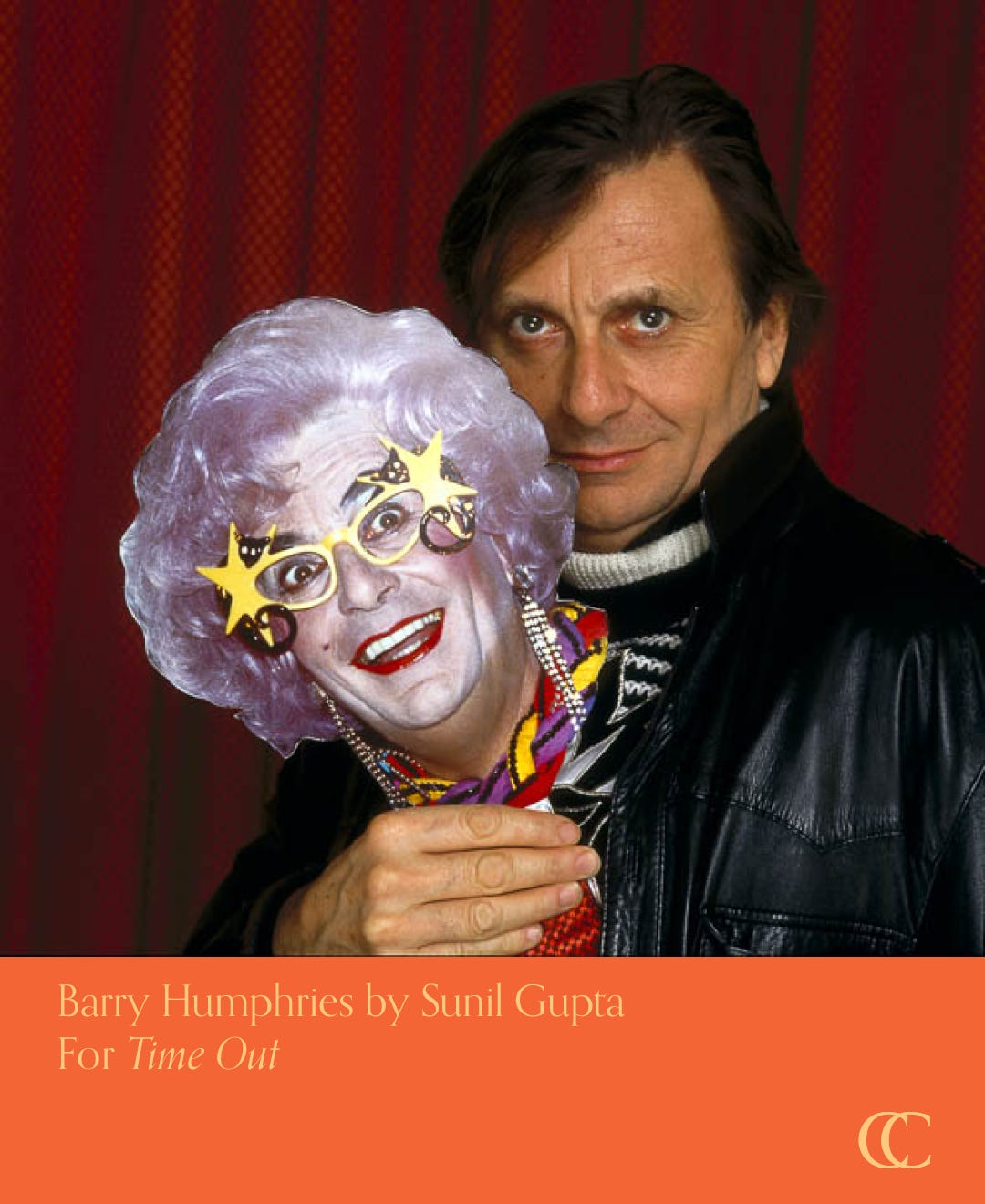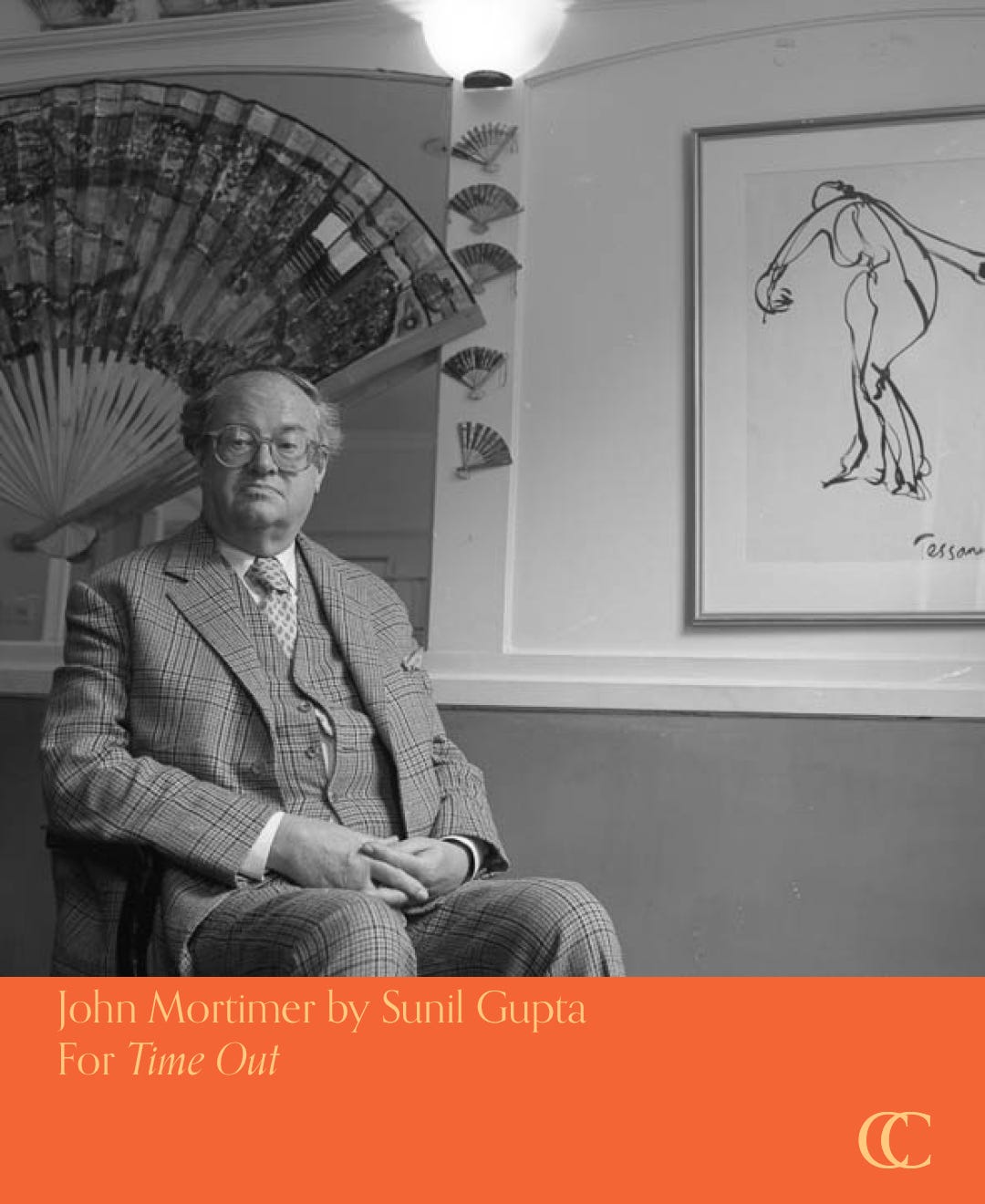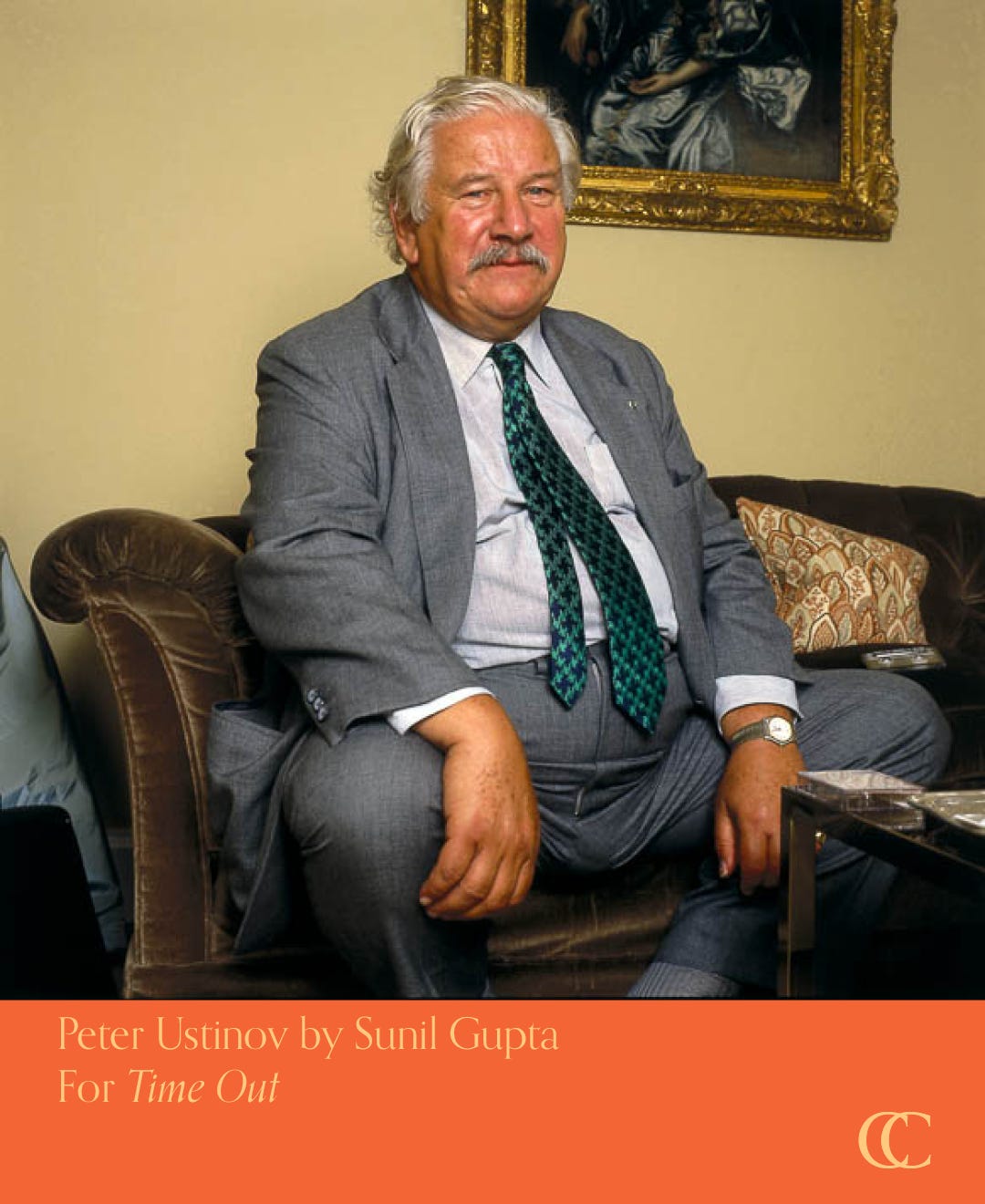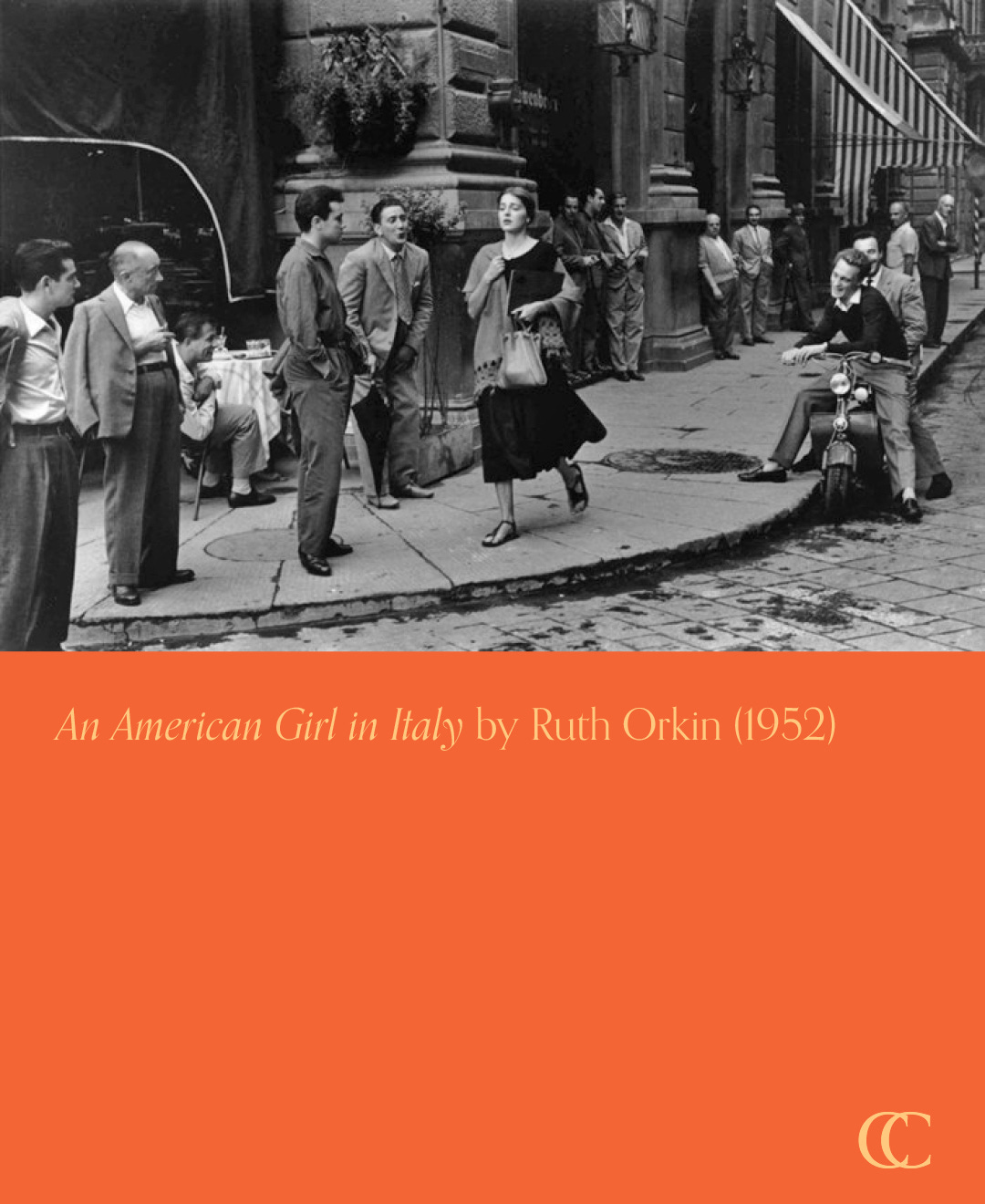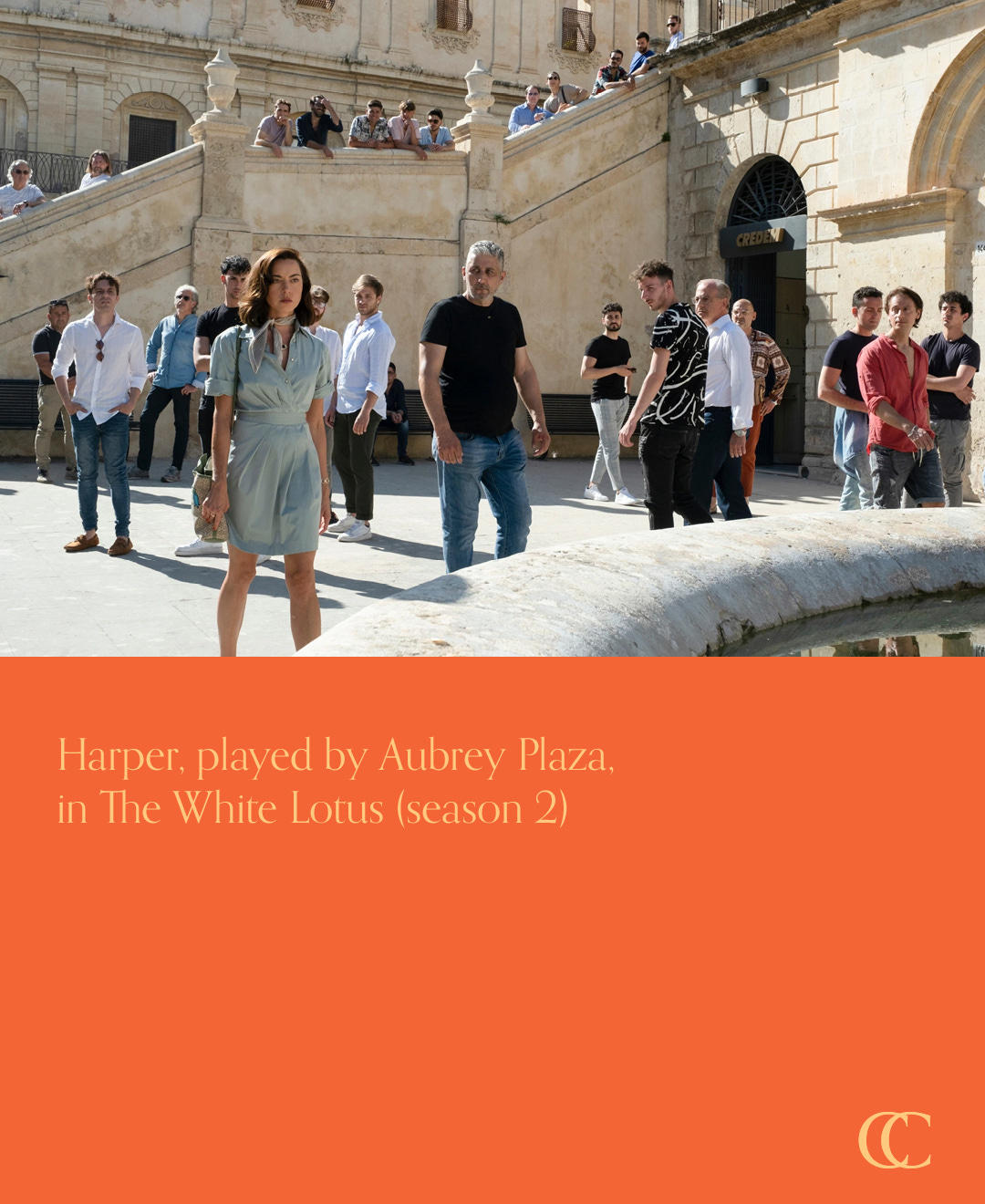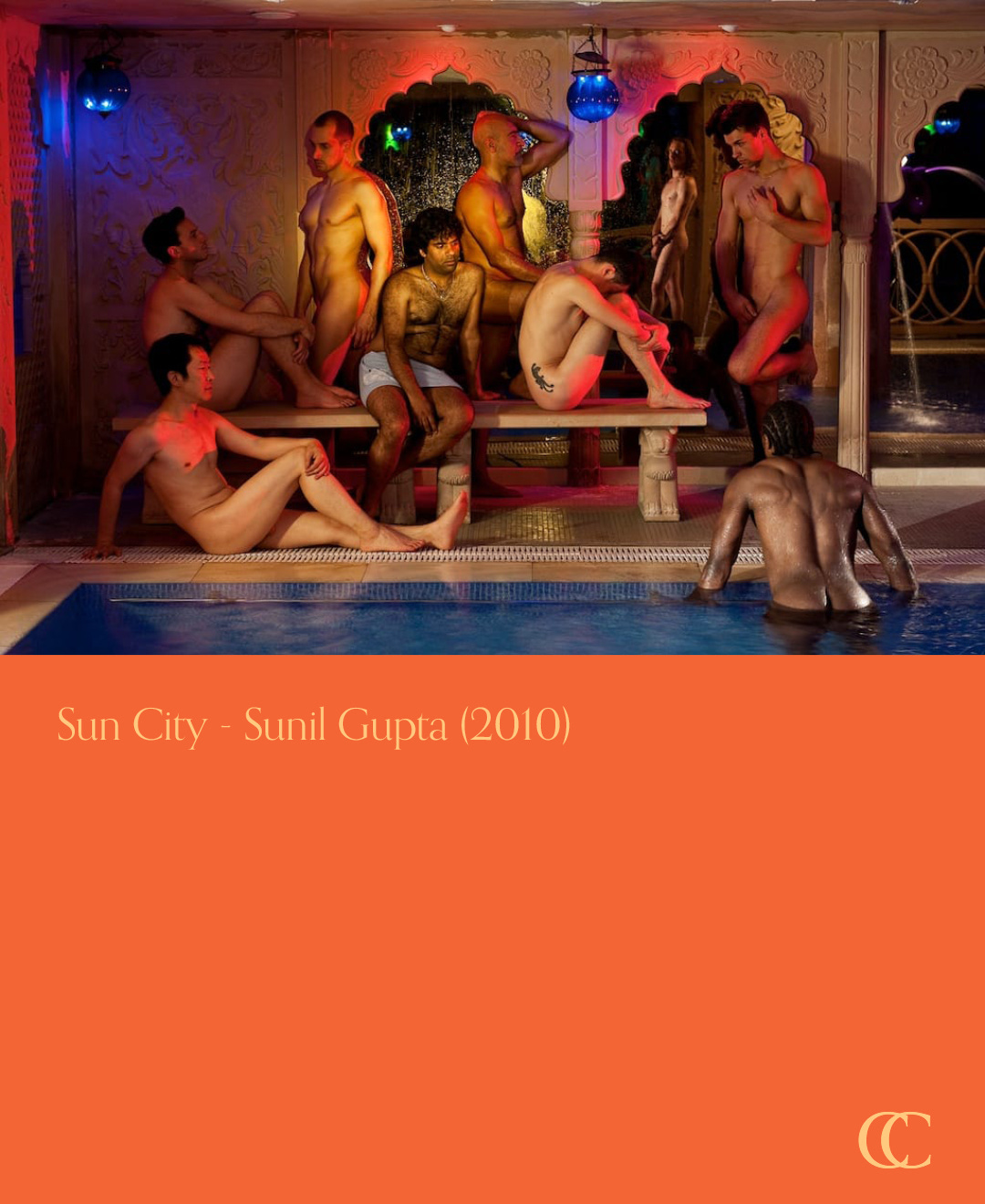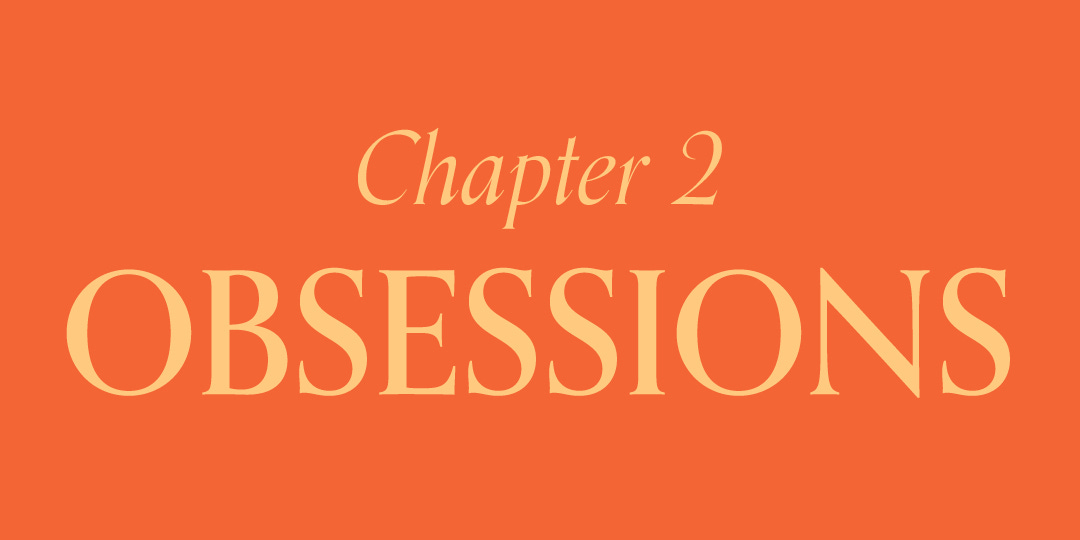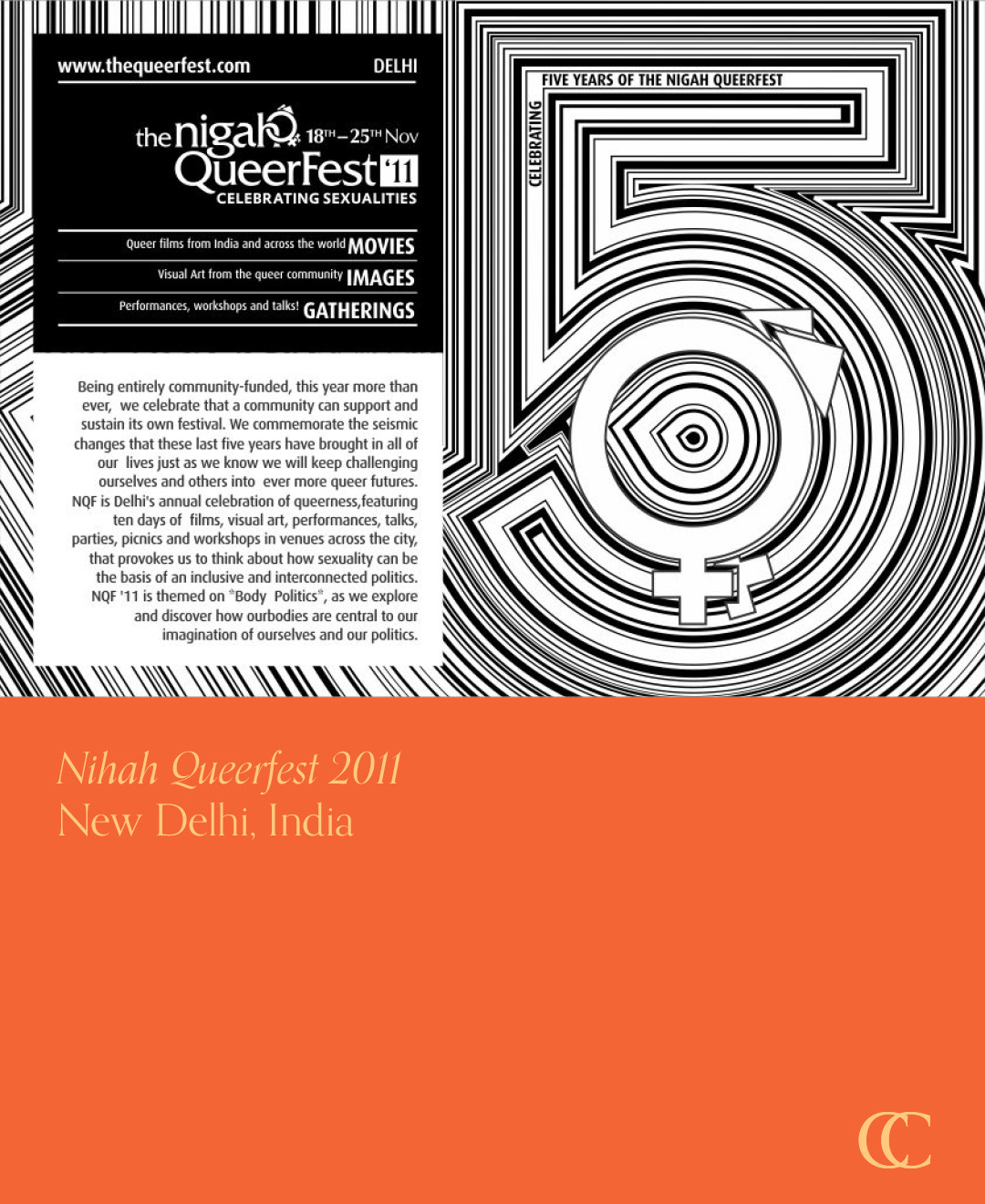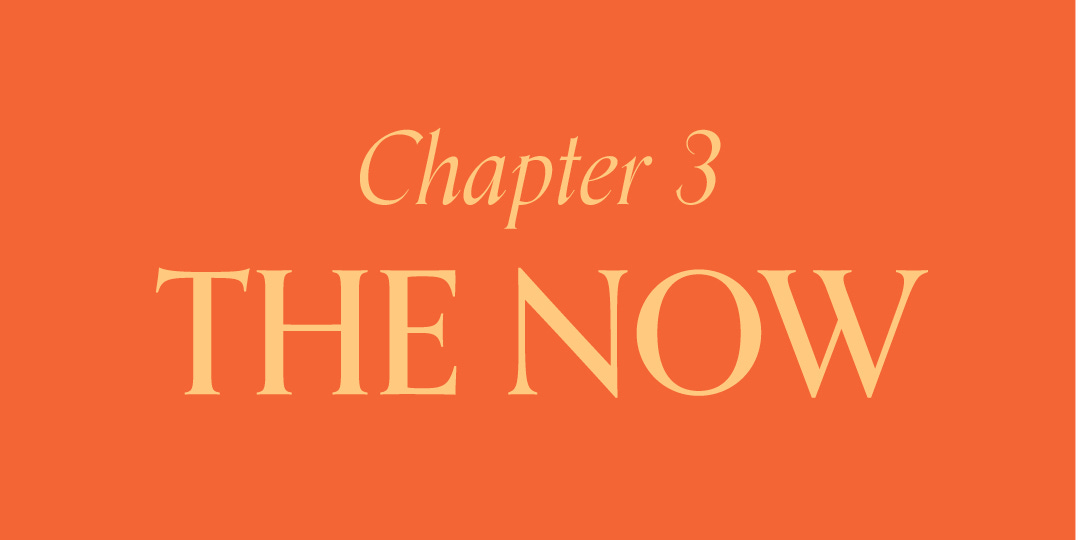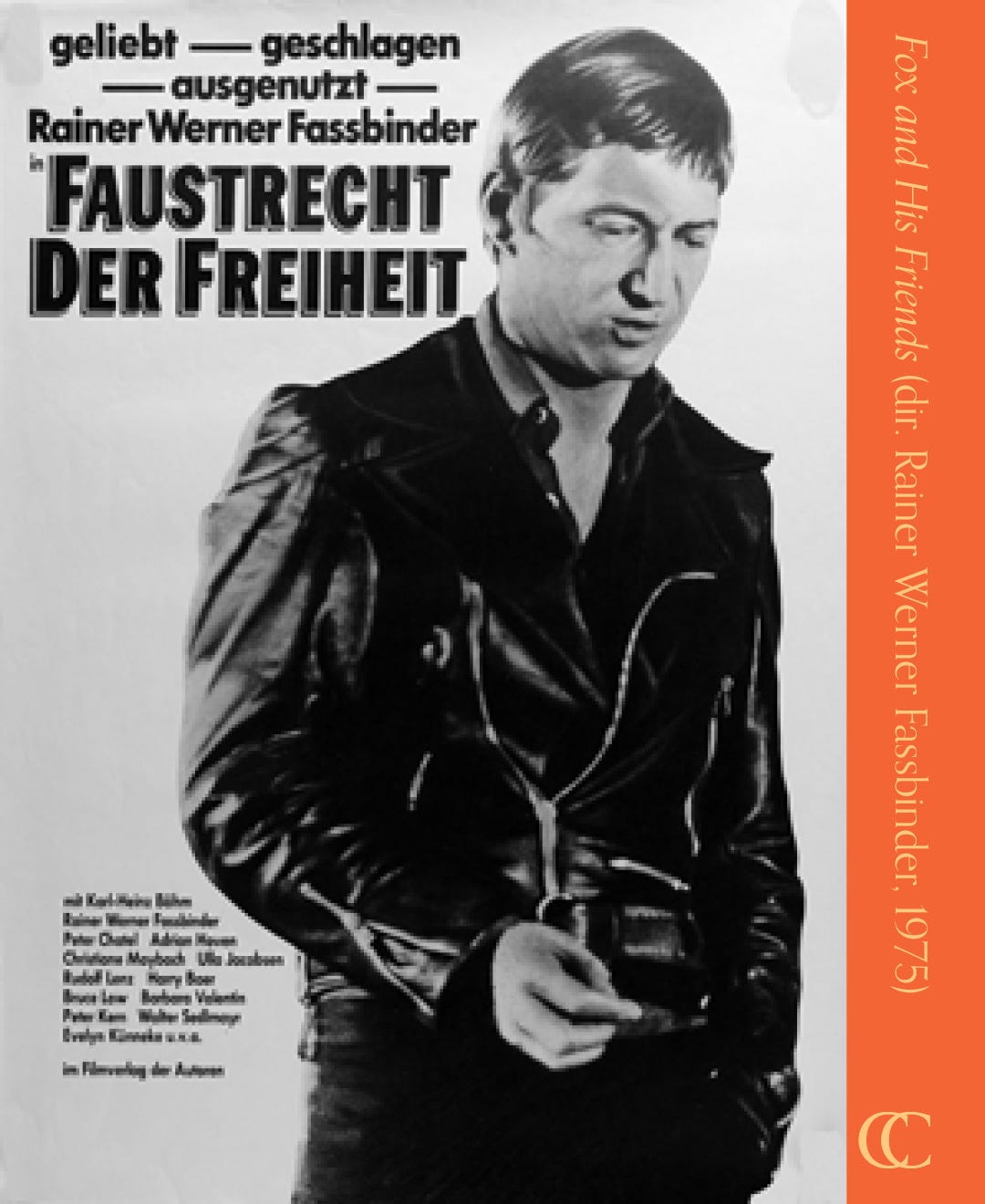Cinétherapy: Sunil Gupta
“In NYC, a year after Stonewall, I remember discovering Rosa von Praunheim and Rainer Werner Fassbinder. It seemed like the most interesting avant-garde films were coming from Europe at the time”
Sunil Gupta is a British-Indian photographer whose work explores race, migration and queer identity. Born in New Delhi in 1953, his family moved to Canada in 1969. He studied photography in New York and London. His first photography series, Christopher Street, captured New York in 1976, during the gay liberation movement; Exiles documented India's gay community in the 1980s. Diagnosed HIV-positive in 1995, he turned the lens on his own experiences. Co-founder of photographic arts agency Autograph ABP, his work is held in major museums including MoMA and Tate Britain, and his retrospective From Here to Eternity toured globally. His new book, I call you my love, is published in spring 2025.
What’s your earliest film memory?
I grew up in New Delhi, India, and all we did was see movies. There are a million movies in my head, but I can’t pinpoint one. When the first 70mm widescreen cinema was built, the Shiela cinema, they launched it with South Pacific (dir. Joshua Logan, 1958), I think.
What films did you watch with your parents growing up?
My dad was ex-military and wasn’t interested in movies, but full of military tales. My mother’s idea of bedtime stories was inspired by films. The bedtime stories she told us were the films that she had seen. She spoke English, followed Hollywood and had quite eclectic taste. I remember one of them was House of Wax (dir. André de Toth, 1953). She was a big fan of Gone With the Wind (dir. Victor Fleming, 1939) and saw it about 10 times.
What do you remember about going to the cinema as a boy?
Cinema always was our main entertainment and [in New Delhi] it was enormous. Bollywood movies are basically music, less narrative-driven, very colourful, just like tear-jerking 50s melodramas. They’re very long, made for all the family, and back then they’d have an intermission because they were so long, like operas. This is the biggest difference between Indian and western cinema. When I moved to Canada, the cinemas were so small and they didn’t show Bollywood films. In school, I discovered a film club, which curated films from various new waves, including Japanese films There, I had an inadvertent education in artists from around the world.
What films you remember seeing around that time, what movies?
Well, we were all coming out, because it was one year after Stonewall [June-July 1969], so anything gay I remember. Films by [German writer-directors] Rosa von Praunheim, and Rainer Werner Fassbinder. It seemed like the most interesting avant-garde films were coming from Europe. There were two slightly off-centre independent cinemas in Montreal: the Outremont Theatre, named after the district it was in, and Cinema 5, in Notre Dame-de-Grace.
There’s an iconic image of you and your then-partner outside the Coronet Cinema in 1985, and on the marquee is My Beautiful Laundrette (dir. Stephen Frears, 1985), a film that explores interracial queer love. Do you remember when you first saw the film?
I think we might have seen it there, because it was a trek from south London going to the Coronet and I would have to travel up from Brixton and get the Circle line. It was very interesting for us, because we were a slightly similar couple in that I was this somewhat middle-class Indian, and he was this white working-class boy. We saw some parallels. It felt great watching it, because it seemed to be so contemporary and something that we could relate to, because it was set in south London. We knew people like that. I met some of the Asian actors because I used to photograph them for a living, for [the actors’ directory] Spotlight.
What other commercial work did you do?
I was working as freelance photographer at the Times when I did some theatre stills of Rita Wolf [who played Tania in My Beautiful Launderette] and then I shot her for Spotlight; that’s how I started doing that. I got jobs from Time Out, shooting famous people and minor celebrities, and other magazines. I also worked for newspapers. People like Ian Charleson, Peter Ustinov, Barry Humphries, the poet John Ashbery, Edward White, a New York critic called Rex Reed and [theatre director and artist] Robert Wilson.
What’s the most treasured piece of industry advice you’ve been given and how you live by it?
My most famous teacher, and my earliest teacher, was Lisette Model [the Austrian-American street photography pioneer who also taught Larry Fink and Diane Arbus] in New York, and she said, “Darling, when your work is dead, it’ll be in a museum.” And she would take the class to see all the dead work in the museums.
How did that make you feel?
Quite curious. Because we would go and photograph all the people looking at the dead work. That became a project for me.
How has your interest and taste in cinema evolved over time?
I still like similar stuff, narrative and melodrama, plus I’ve become very interested in the camera side of it, in terms of looking at the cinematography and trying to figure out where the camera was placed and how they were moving it or not moving it. The other thing that interests me is how cinematography borrows from photography, and it’s fun to recognise that. There was a scene in The White Lotus season two, in Sicily, where a woman is walking through a crowd of guys, and behind her was a little bit of a hill. I realised it was referring to a photograph by Ruth Orkin, An American Girl in Italy.
Who are your favourite cinematographers?
Vilmos Zsigmond, who shot Deliverance (dir. John Boorman, 1972). It reminded me of Ernst Haas’s still photographs: very colourful, very compelling shots.
Fear can be a creative motivator. What are your biggest fears when you approach a new project and how do you overcome them?
Since my projects are self-generated, they’re at my own pace. When I was working for newspapers, there was this horrible time constraint. You get a job at 11am, and you have to shoot it and turn it around in an analog darkroom and get it into them by 6pm, and then trying to get to a job for the next day. There was a constant rush, for years, and that was quite stressful. A project that was more stressful was the one about the Paris bath house, Sun City. That was a commission and I was in Paris for a month. I had the budget, we hired a production company, but we didn’t realise we’d only have two hours very early in the morning each day to shoot when the bath house was closed. So I arrived at an ungodly hour, with the actors, lighting people and a camera assistant all waiting for me to tell them what to do, and all I could think of was that I had to do one shot and then think of tomorrow’s one. It was more like directing, like a movie in stills – it was inspired by La Jetée (dir. Chris Marker, 1962). I didn’t even touch the camera. I was too worried about everything else. The newspaper experience came in handy.
Have any other aspects of cinema influenced your work?
I think a lot of my work is very cinematic. It’s based on cinematography, so I never have a decisive moment. It’s difficult work to like. I can see people looking at and thinking, it’s not really my cup of tea, because there’s nothing happening in the moment. I’ve been inspired by gay filmmakers. From Fassbinder, I learned to be more melodramatic. For example, in Sun City, the protagonist always has a golden light on him, slightly operatic, and that comes from him.
What’s the one thing in a film that lights a fire in you?
The thing I quote most is L’Avventura (dir. Michelangelo Antonioni, 1960), when the camera goes out the window from an interior, and appears to hover above the street, then does a 180° turn to look back at the window from outside. It was slow, graceful, and mesmerising. I was always curious how they did it. I saw it at our student film club when I was at university in Montreal.
Do you collect anything?
Yes, I collected all kinds of things that are small and cheap: fridge magnets, little animals, and little toys. My work involves a lot of traveling. I think that prompted it. They started as souvenirs from somewhere, but now it’s become like a flood.
What’s your favorite cinema in the world?
There have been different ones, but I guess since I’ve been here [in London] the longest, it’s the Curzon Mayfair, it is very comfortable.
Do you remember the first film you saw there?
I can’t but the last film I saw there was a Bollywood film. It was ages ago and was Kabhi Khushi Kabhie Gham (dir. Karan Johar, 2001). It was set in London and was really made for British Asians.
What era of cinema do you love the most?
The 70s, having seen so many great films in college, I discovered Robert Altman, whose films I loved, including the actors in them. My favourite of his is Nashville (1975).
In your opinion, what’s the greatest queer love story ever told?
The thing that stuck with me was EM Forster’s Maurice. The first proper novel that had queer love that I read, but the lovers couldn’t be together.
What do you and your husband [photographer Charan Singh] watch together?
We decided to have his and his TVs because he likes to watch horror, and I like to watch crime. My TV is in the bedroom as he's occupying the living room partly because he stays up late. Sometimes we decide to watch a big series together, so last night, we both watched Adolescence, which is brilliant.
Can you remember the first film that you saw together?
No, because I met him in New Delhi 15 years ago, where the viewing culture was video-led. We did go to the cinema, but it was a run of the mill, multiplex experience. We also used to have a queer film club there in the 2000s, and once a month we'd screen a film for the public to have a discussion. The group was called Nigah, which means, “like to see”. We had a film festival, called QueerFest, once a year.
What’s your husband’s favorite horror film?
He really likes The Babadook (dir. Jennifer Kent, 2014).
What’s your cinematic guilty pleasure?
I like silly British films, like the Carry On films. They’re all on streaming now.
Do you have a favourite gay film?
Fox and His Friends (dir. Rainer Werner Fassbinder, 1975). It had the priceless pronunciation of “Kuture Kweens”.
Forty years on from My Beautiful Launderette, A Nice Indian Boy (dir. Roshan Sethi, 2024) flips the interracial dynamic and places it within the context of modern American immigrant life. How has queer Indian representation evolved in film?
It's hard to talk about evolution, because there hasn’t been much, so very few films, and we are so grateful to have anything. I imagine concerns have shifted with the new generations. When I was working in the 80s, I could hardly find any black or brown people to take pictures of, as nobody could be ‘out’. Now it is completely different, we saw Saima Razzaq become the first Muslim woman to lead a pride parade in Britain, in Birmingham [in 2019]. Something struck me when I watched Weekend (2011), the film by Andrew Haigh. If there had been an Indian character in this story, then it would have to divert to his Indian backstory, it’s more challenging. With two white leads they don’t have to do that.
Have you ever wanted to make feature film?
No, because I made two shorts, and I had a horrible experience. I disagreed with the people above me who said they owned everything. I’d come from an art background, where artists own everything we make, and I realised this way of working wouldn’t suit me.
What cultural movements are you invested in today, and do you see these reflected in cinema?
Well, the vocabulary has changed, but I think the questions of access and opportunity remain. I’m still invested in that. When I see Asian names in the credits, whether in acting or film production, I feel a little twinge of like something’s changing.
Which contemporary gay Indian artists do you admire?
I have recently discovered some younger artists who have become friends, with whom I work with at Studio Voltaire (Clapham, London), Jake Grewal and Prem Sahib. Jake’s paintings are still up at the gallery there (Under the Same Sky, until April 13).
Which current filmmakers do you like?
I saw Pedro Almodovar’s Strange Way of Life (2023) at the IMAX. I really enjoyed it.
Have any films had a profound effect on you?
Yes. The biggest ones are Indian, because I saw them very young, and they had a very big impression. Dosti (dir. Satyen Bose, 1964) which means “friendship”, is about male bonding. And there’s Pakeezah (dir. Kamal Amrohi, 1972) which I tell people, is the Indian version of Over the Rainbow. There’s a TV series called Made in Heaven (2019) on Amazon, about a couple of wedding planners in Delhi, one a straight woman, the other a closeted gay man. It’s very up-to-date.
What does it mean to be a gay man of Indian origin in 2025?
Slightly more secure, because they legalised homosexuality in India, and it seems more plausible so I feel like there’s room for it.
Interview by Tom Macklin.






